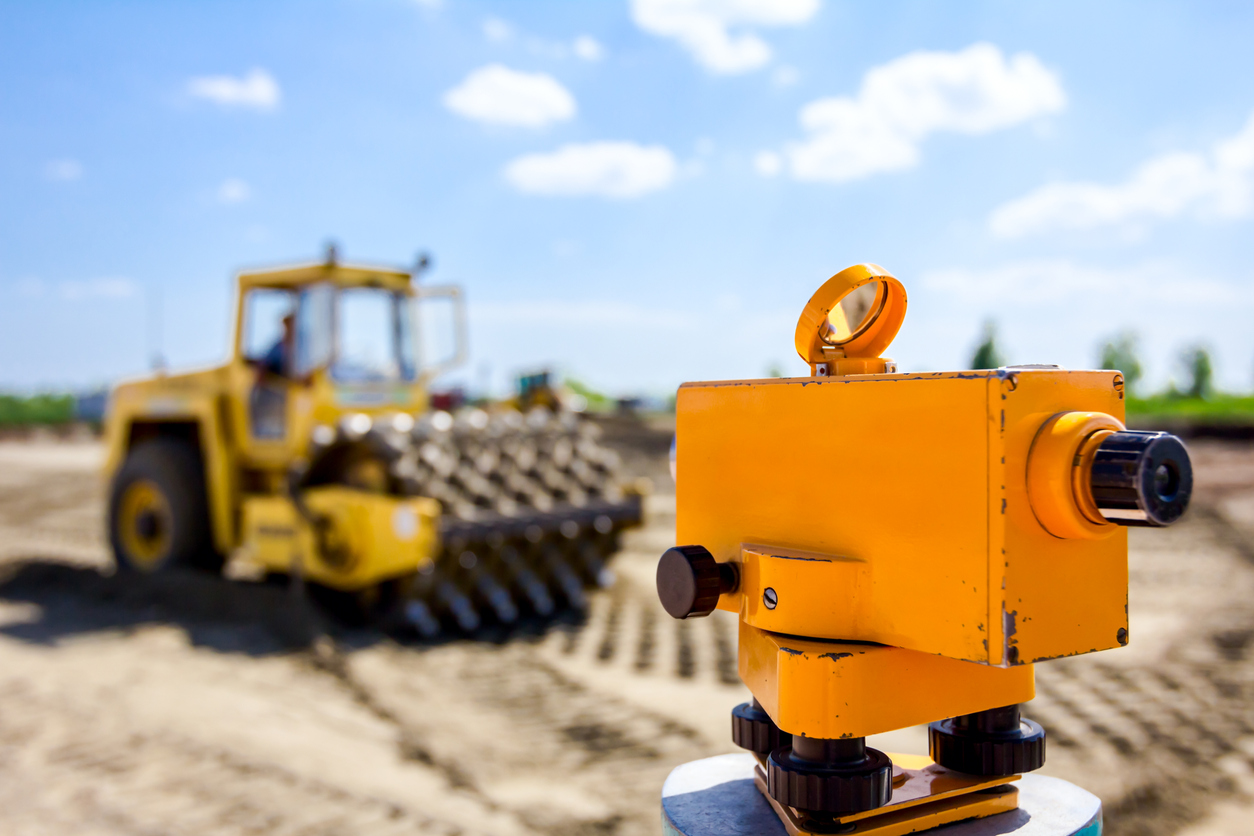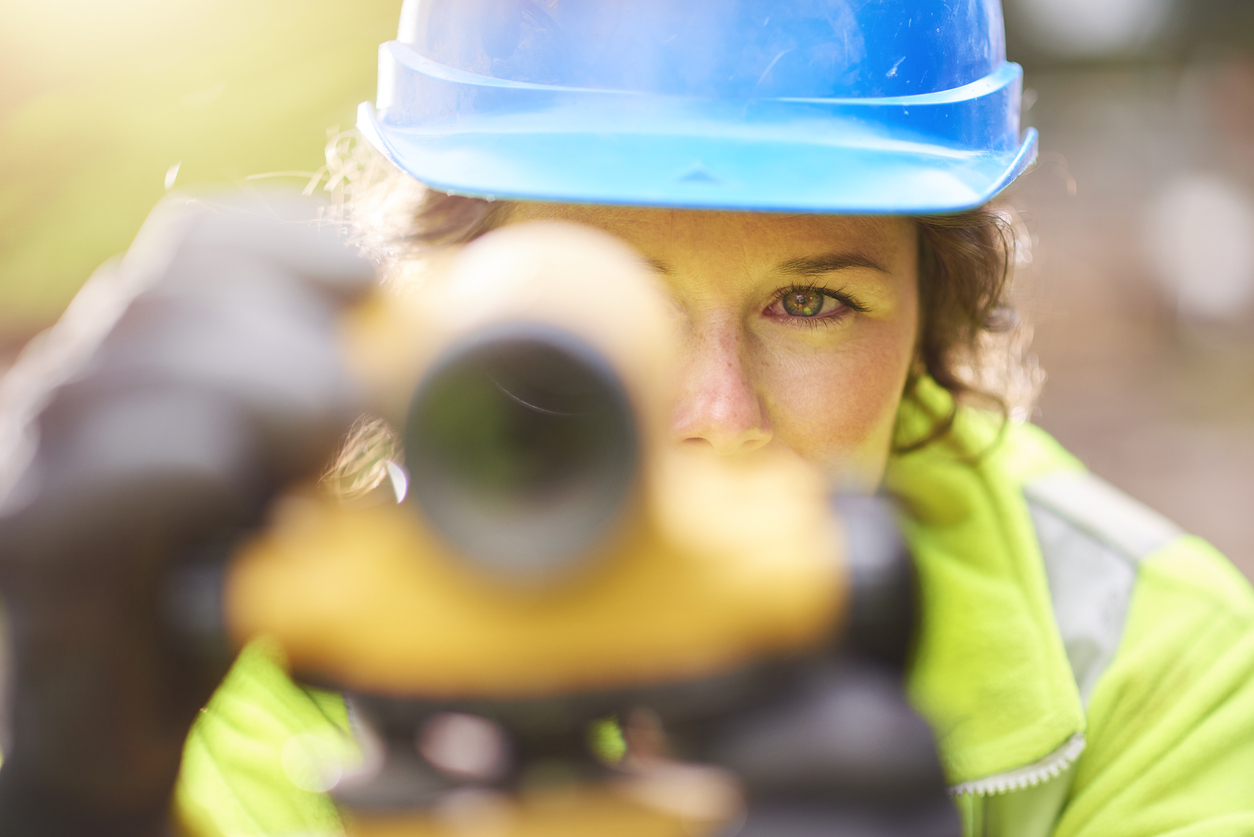The world of surveying equipment is large and bountiful. This makes a lot of sense when you consider how long humans have been surveying land for development use. Innovations within this field have become commonplace as there is always a way to ensure more accurate measurements on vertical and horizontal planes.
One of the most notable innovations in recent years has been the inclusion of GNSS receiver technology. This helpful technology allows surveyors to determine the accuracy of their measurements compared to satellite data and strategic centres placed throughout the world. However, this is only a small example of the potential use of these machines.
When it comes to choosing the right surveying equipment for your project, there can be a lot of things to consider. For instance, what level of accuracy do you need? Do you have a one or two-person team? Will you need GPS backing to ensure accurate measurements? What is the timeline of the project?
These answers and many more are answered down below.
Accuracy
One of the essential reasons for surveying operations is accuracy. Determining the boundary lines of a residential lot, for instance, can have long-ranging troubles if done incorrectly. We have all heard the horror stories of having to tear out new fences or cancel renovation projects because somebody overstepped their property’s boundaries. In some cases, the dispute may lie in inaccurate surveying measurements.
So, what level of accuracy is right for your surveying equipment selection? Well, the best way to determine this is in consultation with experts in the field. Choosing a dumpy level might be the more effective choice, and it can work for certain types of projects, but it may come with a sacrifice of accuracy.

Team Size
Another important distinction when it comes to choosing the right surveying equipment is determining the size of your surveying team. Older units rely on a “spotter” to be effective. Essentially, one person operates the surveying device and manually aims at the second person. They, on the other hand, have a reflective spotting stick that they use to ensure accurate elevation and true position information.
However, newer automatic models also exist at this time. These models only require the latter individual to be present during the surveying process. They move automatically with the reflective element, recording and verifying the data in real-time. These may be more expensive than their traditional counterparts, but with wage considerations, they may be a more economical choice in the right circumstances.
Timeline
Another key consideration for choosing your surveying equipment may be the timeline. Though construction projects and development are famous for going over-budget and over-time, this is often because of shifting priorities. When a surveying operation becomes one of these shifting priorities, important decisions will have to be made.
Luckily, there are several ways to speed up the surveying process. For instance, reducing the total surveying area to begin work early. Or, using automatic equipment and fewer employees. Additionally, using newer equipment with faster processing speeds and more accurate information can reduce wait times for data collection and interpretation.
Ultimately, the best way for you to find the right equipment for the job is by contacting knowledgeable surveying professionals. They will be able to recommend specific brands and equipment for your unique needs through comfortable, kind and focused customer service interactions.
